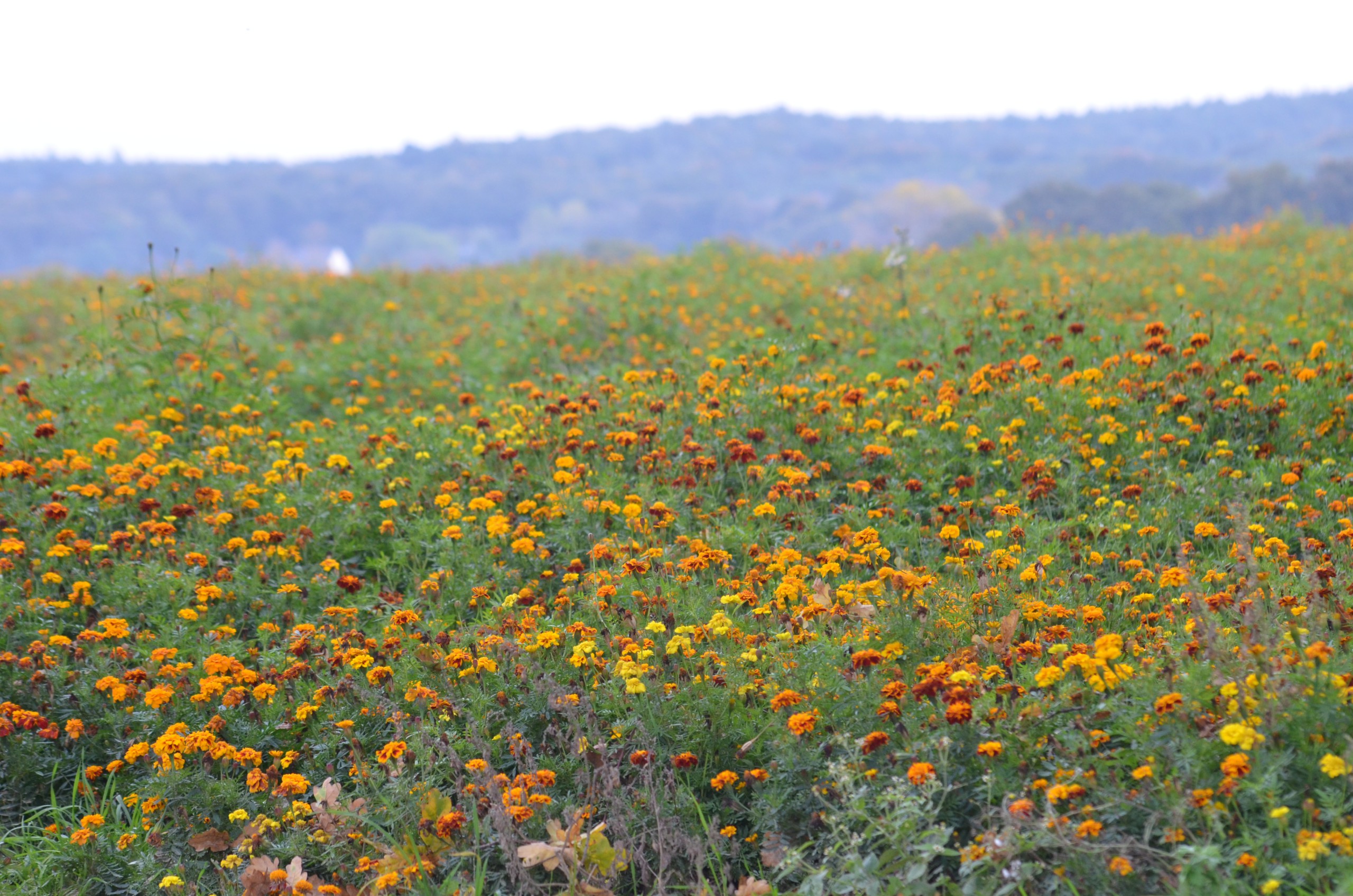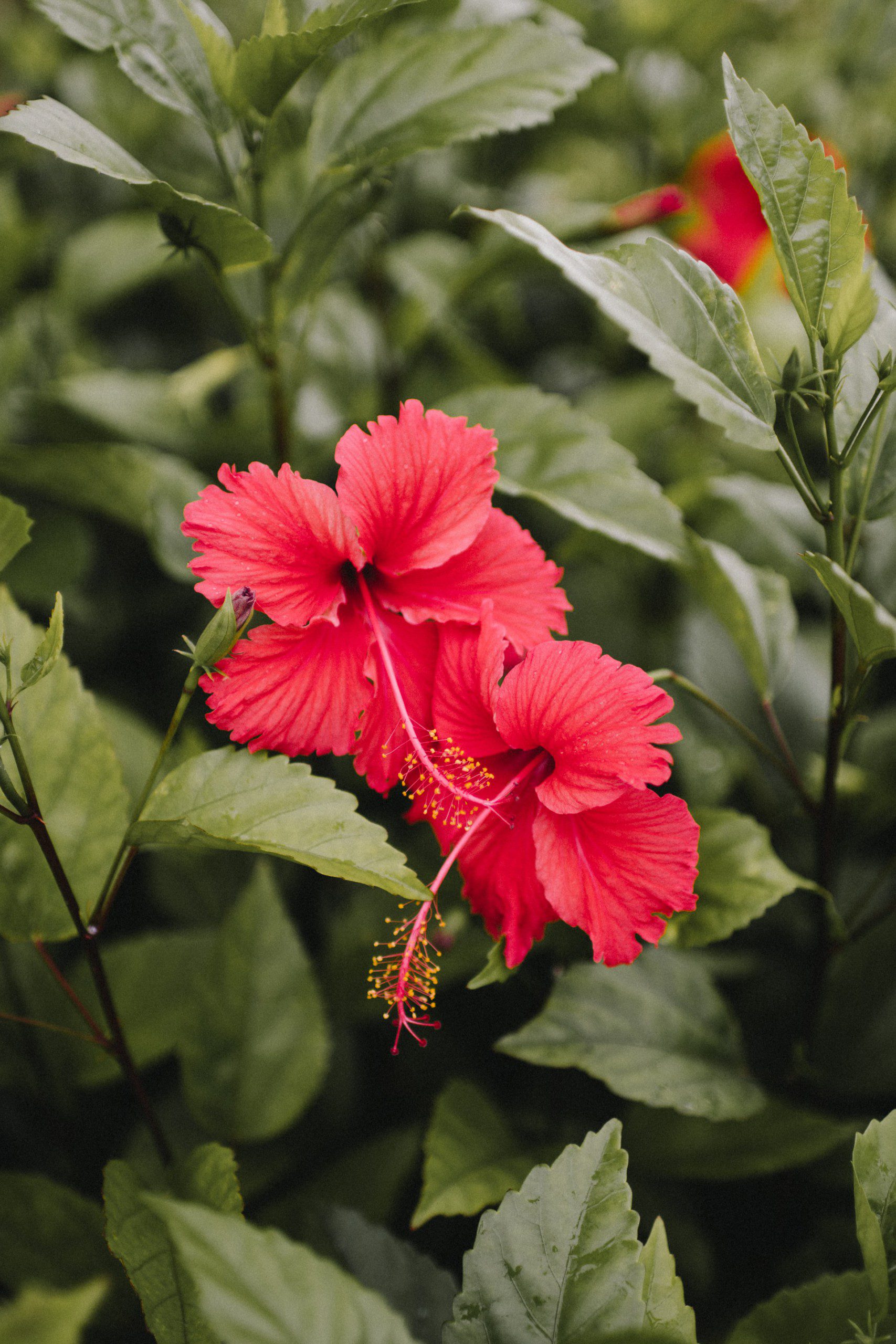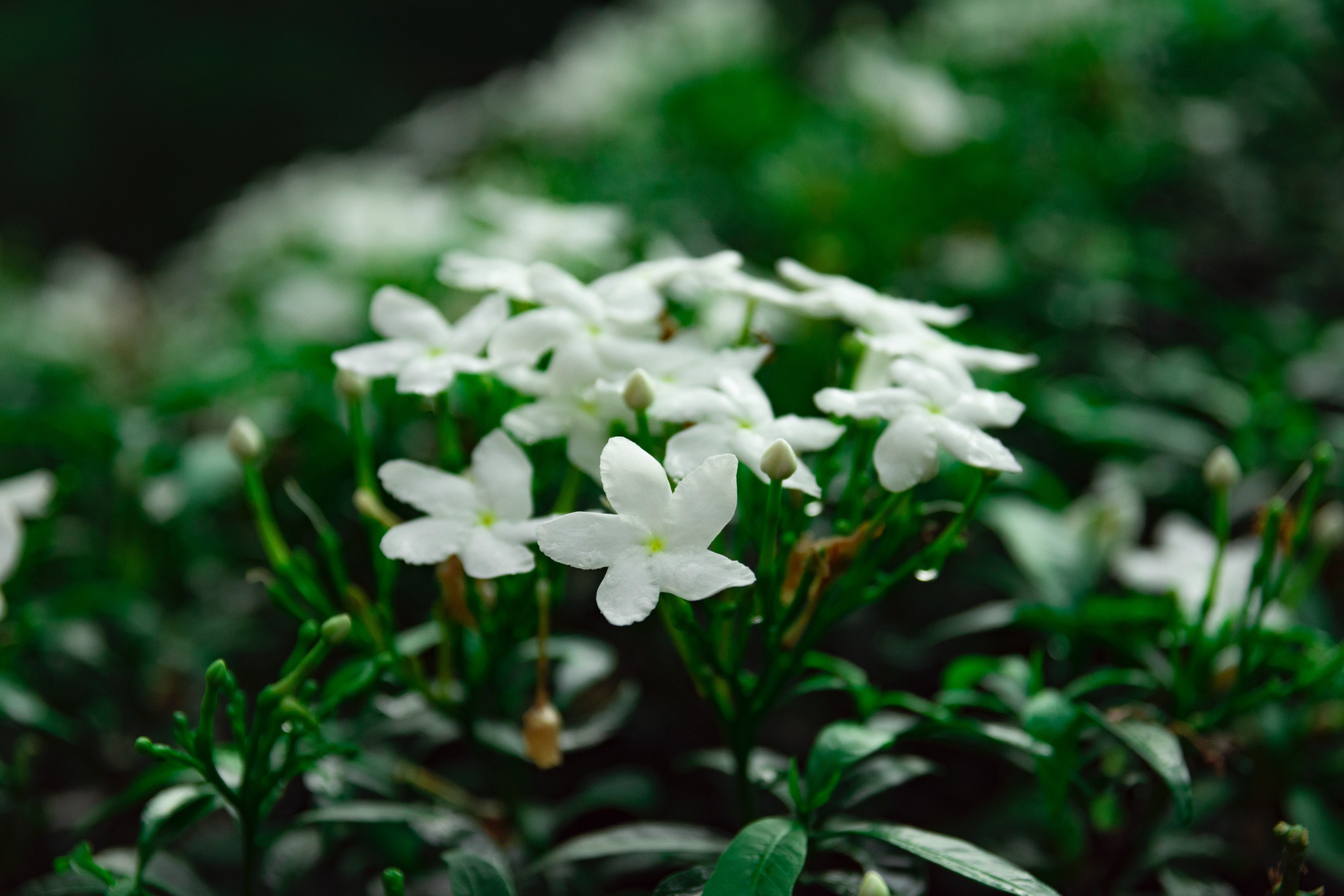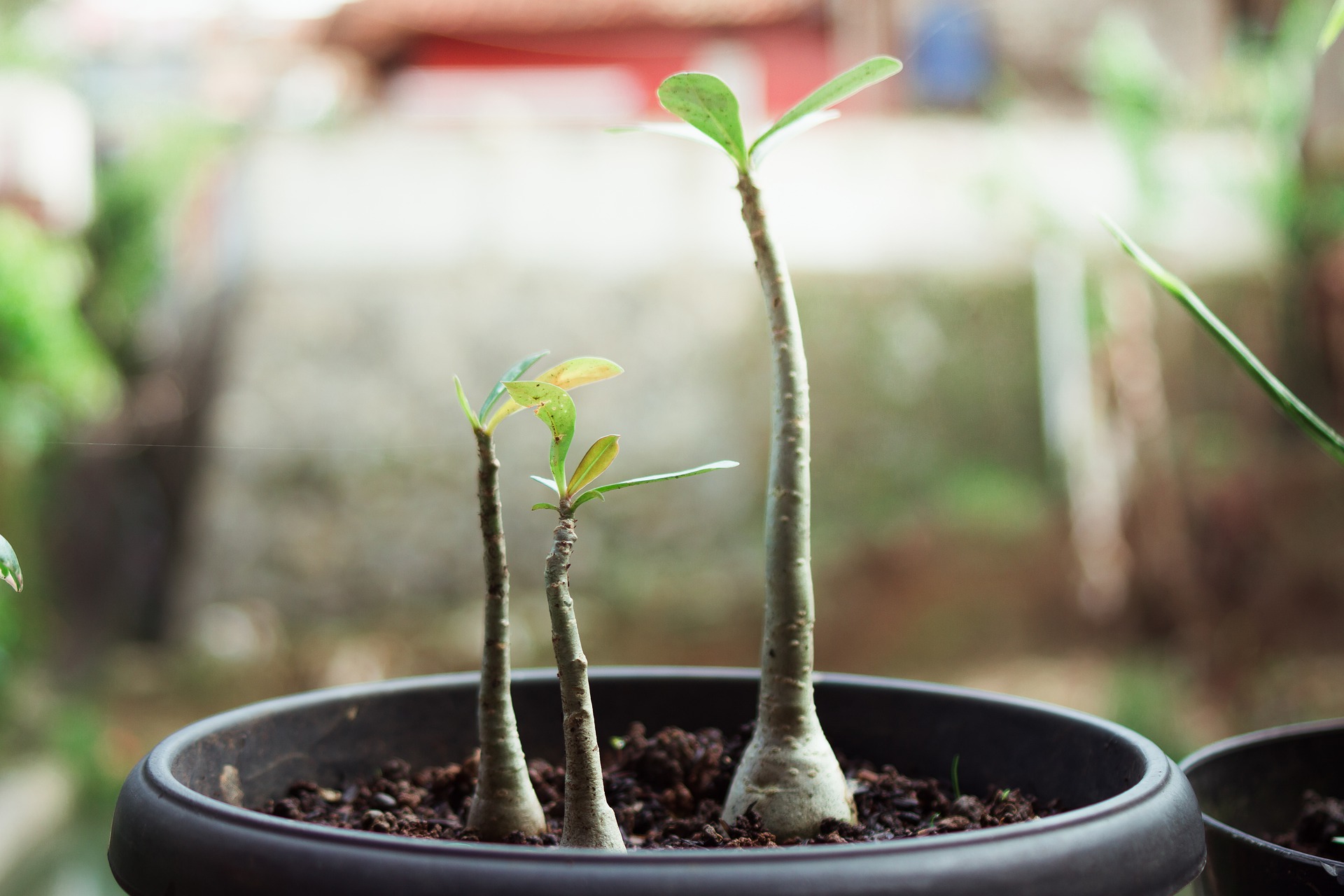Your cart is currently empty!
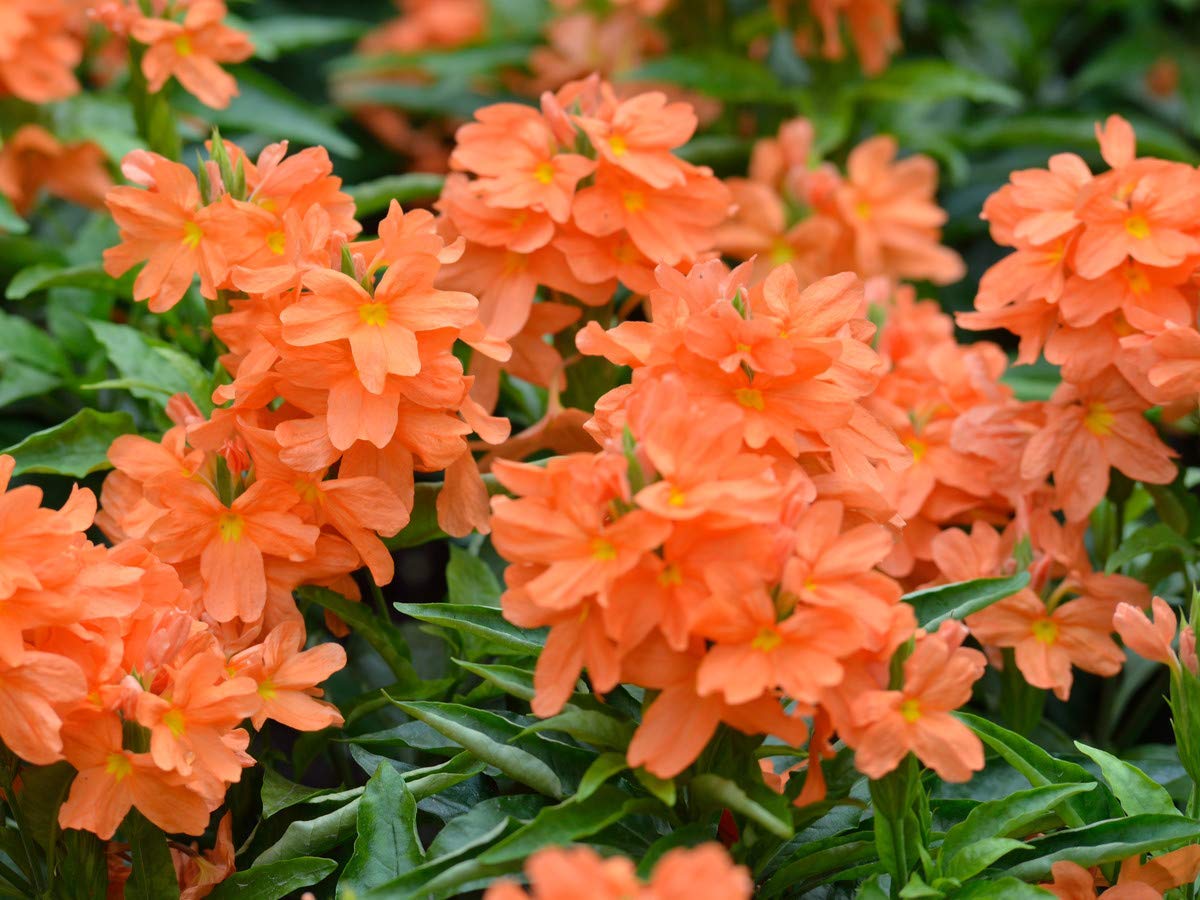
Crossandra FireCracker Flower – Kanakambaram Cultivation
The orange colored flower which looks vibrant, The கனகாம்பரம், കനകാംബരം, अबोली or Crossandra flower is known as one of the few flowers which are adorned by women in their head. The flower , though lacking fragrant, is known to be among the few favourites of women in south india. The crossandra flowers are priced nominally but bloom abundantly. A hectare of Crossandra plants could yield anywhere between 2000 to 2800 kg per year depending on the location. The price for crossandra flowers could range from 300 rupees to 1200 rupees per kilo depending on the season. Crossandra flowers bloom throughout the year depending on the weather. For southern indian climatic conditions, the flowering is uniform except during the monsoon. In the north, the flowering decreases in winter and the short spells of rains.
Crossandra Cultivation
Take it from the experts and start small if you are new to crossandra cultivation. If you are thinking of 5 acres of crossandra cultivation, be ready for some rude surprise. While planting and weeding are all possible with minimal labour, the picking time will lead you to a lot of losses. Picking crossandra flowers is time consuming and what’s worse is that it should be picked in time. Every alternate day and Early in the morning. Expect to deliver the flowers to the market by 8 AM and if possible a little before that. Any deliveries post 9:00 Am will result in lesser bidding as most of the traders and retailers would have already left. You may end up with a lesser price, sometimes as low as 60 Rs per kg for your efforts.
Starting small also has the advantage of you learning through the process. An ideal size is 30 cents. That’s 3/10th of an acre. With just this mall a space, you can expect to make a good earning of approximately 20,000 Rs per month. This may not seem like a lot but 5 workers can only pick 15 cents of crossandra cultivation in 3-4 hours. That is not a lot of time but you will have to pick the flowers in the morning to ensure that the flowers are fresh for the market.
Marketing of Crossandra Flowers
There are a few benefits to farming crossandra. Unfortunately, the medicinal benefits of the plant itself does not count towards productive marketing. The leaves and flowers though used for medicinal purposes, the requirements are very minimal. The real value for farmers lies in the flowers. Crossandra is a crop which is delivered throughout the year in most parts of india. Our weather, being tropical, is perfect for crossandra cultivation. The market though is different in every part of the country. People in the north do not prefer crossandra. Also, the trend of women adorning flowers in the north is very less as compared to those in the south. The crossandra flowers are also not popular in temples and pujas in the north. The real market for crossandra flowers is in the southern part of india. If you are in the north, you may need to consider doing research for the flower in your area and where you can sell them.
The downside and caveats of Crossandra farming
There are a few down sides to farming crossandra. While the profits are good and the yield is throughout the year, the problems are just as many.
- Labour Problem : Picking of flowers should be done in the morning, early. Expect to have workers in the farm at 4:00 am, if possible start picking around 12:00 midninght if you have a large farm. You need to pack and ready to transport by 7:00 am if you want to deliver the flowers by 8:00. The earlier you can get the produce to the market, the better. But how are you going to get labourers to work at night, in a farm, with possible pest infestation and the risks of snakes, wild boars and not to mention limitations of many women not willing to work at night in a farm. Working men are usually more expensive than women and men are not usually preferred for working with flowers.
- Time constraint: Time is a crucial factor when it comes to crossandra harvesting. You have to deliver it by 8:00 am at least to ensure a good price. Picking the flowers in the evening and delivering them in the morning is not an option. The flowers will wilt and the quality of the flowers will degrade with every hour. Your only option is to pick in the early hours of the morning.
- Time consuming : Picking flowers is a time consuming process. If you can pick 100-150 grams an hour per person, you would need at least 10 people to pick a kilo of flowers an hour. In 4 hours you would make around 4-5 KG of flowers. That looks less, but if you consider the price of the flowers, you may be able to collect around 4000 Rupees per day. That is 60,000 Rupees a month (picking is alternate days). But its not always that you get a price that good. The price could go as low as 300 rs per kg and thats 1200Rs per day or 18000 rs per month. An average revenue of 20,000 Rs per month can be calculated for your flowers.
The Benefits of Crossandra Farming
Apart from the benefits of having a lot of beneficial insects like bees and butterflies, Crossandra also is easy to cultivate. The key benefits , From a farmer’s point of view is
- Consistent income : Most crops are seasonal. Mangoes are from february to may, Vegetables have their own season , Rice and wheat too are seasonal. Some flowers are seasonal while some are year round. Crossandra is one of the flowers you can benefit year round. While some seasons may have higher yield, there are slow periods of time too. When the flowers are less, the market price is usually higher and this ensures that your revenue is almost always stable. It’s always good to see a consistent income from your efforts and this ensures that you have money for your daily expenditure of your farm. There are cases where farmers rely on crossandra for their daily expense of wages. At least 50% of the wages are covered from the income of flowers, sometimes even a lot more.
- Low Maintenance : The plant, if in a suitable location, is found to be very easy to maintain. The pests are very minimal and the irrigation requirements are as low as once per week. There is no need for too much fertilizer and if placed well, within 2 feet of each other, the requirement for weeding is also reduced. Weeding is the most common expenditure apart from costs of picking when it comes to crossandra farm. Using plastic sheets and mulching the farm could reduce the cost of wedding, increasing the profits tremendously. As far as nutrients are concerned, expect to spend 10 KG of potash, urea and phosphorus each a month, which is extremely low.
Crossandra Flowers as annuals vs Perennials
While Crossandra Flowers can last up to 12 years with highest yield after the first 3 years, and up to 8 or even 10 years with moderate yield, they are usually replanted every 3 years. The plants are perennial.
While crossandra is beautiful and adds a vibrant color to your farm, its profitable too. It is surely labour intensive especially during the picking stage as hand picking has to be done in the early hours of the morning and every alternate day without fail. Crossandra plants are used for medicinal purposes. Its used in various ayurveda treatments to cure ailments and injuries. The flowers too are used for medicinal purposes. The plant attracts a lot of bees and butterflies to the farm. Intercropping crossandra in your farm could be an added benefit. Due to the fact that the plant is perennial and also flowers throughout the year (at least most part of the year) there is little to no maintenance and you could be assured of better pollination for all your other farm plants.
Reference From Experienced Farmers
Eb Agriculture Tamil Nadu (Contact:-8526769911,9751281350)
If you are wondering how much yield to expect from Kanakambaram per acre and what are the problems faced by farmers, this is a great video. You can contact EB Agriculture tamil nadu for detailed information on kanakambaram farming. You will also know which type of Kanakambaram is best , why farmers prefer, Lakshmi or Delhi variety compared to gujarat variety and more. Also , Unlike most other crossandra farmers who believe that crossandra farming is only for one or 2 years, this farm is expecting to maintain the same plants for over 12 year.
Mr. Rajaram (Phone : 9962119144)
A farmer with over 30 years of experience in Crossandra farming. He has a very small patch of land where he cultivates crossandra. His experience is unlike any other commercial practices. The land he utilizes is a small, very practical and reasonable approach to flower farming. His advice is just and easy to understand.
The economics of Kanakambaram (crossandra) Cultivation Per acre
| Plantation Phase | Year 1 | Year 2 Onwards |
| Land Preparation | 60000 | 20000 |
| Weeding | 60000 | 30000 |
| Plant Cost (Sapling) | 64000 | – |
| Manure and Fertilizers | 20000 | 6000 |
| Irrigation Facility | 15000 | – |
| Total Cost | 219000 | 56000 |
| Cost During Harvesting | ||
| Picking Cost | 360000 | 360000 |
| Transportation and Miscellaneous | 60000 | 60000 |
| Total Harvest Cost | 420000 | 420000 |
| Total Expense | 639000 | 476000 |
Revenue
| First Year (9 Months With 3 Months of No yield) | Second Year Onwards | |
| Average Yield of 50 Grams Per plant Every month | 400 Kilo Per month 3600 Kilo Per Year | 400 Kilo Per month 4800 Kilo Per Year |
| Revenue at Rs. 100 Per KG | 360000Rs Per acre / Year | 480000Rs Per acre / Year |
| Revenue at Rs. 300 Per KG | 10,80,000 Rs Per Acre Per year | 1440000 Rs Per acre Per Year |
| Revenue at rs. 400 (Agreed Price By ICAR) | 1440000 Rs per acre Per year | 1920000 Per Acre per year |
Profit and Loss
| First Year | Second Year onwards | |
| Lowers Price at 100 Rs | -279000 (LOSS) | 4000 Rs Profit |
| Average Price of 300 Rs | 441000 Profit | 964000 Rs Profit |
| Agreed Price of 400 Rs | 801000 Profit | 1444000 Rs profit |
The calculated yield may be a lot higher in some cases. These numbers are derived from the Yield of one farmer and could vary depending on a lot of factors including fertilizers used, weather conditions , pests and disease etc. You also need to consider costs of labour which is set to minimal in the above expenses list. Adjust your expenses accordingly to find the approximate profit and loss for your own circumstances.
The key to profiting in Crossandra farming
- Picking the right variety. The lakshmi variety is the most preferred. Its easier to make garlands with them and the price is good. The delhi variety is the second best. The stems are a bit smaller and may be harder to make garlands from them. This may be a constraint when it comes to sales. The yield in the delhi variety is slightly higher. The gujarat variety is the least preferred. The stem is short and most of the vendors will not prefer these flowers unless you are selling it off season and there are very less flowers in the market.
- Reduce labour or find cheap labour while picking : the cost for cultivation is much lower than the cost of harvesting when it comes to flowers. May it be mogra, Juhi or crossandra, picking is really expensive. Cutting costs by involving more family members is usually practised in most small farms. When it comes to an acre of crossandra farming, a family of 5 may not be sufficient at all. Employing people is mandatory and with the odd timings, you can expect to pay a higher price for labour.
- Do not indulge in Fertilizing without the need. Fertilize only when necessary. There is no rule of fertilizing crossandra plants every month or every other month. Fertilize the plants only when you find the flowers reducing. Seek help when it comes to fertilizing your plants. Reduce urea and increase DAP. Flowers are key and not foliage. For new farmers its important that you don’t practice fertigation like other crops. Fertigation usually happens 2 or 3 times a year and not more.
FAQ – Kanakambaram Farming and Cultivation in India
1. What is Kanakambaram, and what makes it unique for cultivation in India?
Kanakambaram (Crossandra infundibuliformis) is a beautiful flowering plant known for its vibrant and attractive blooms. It is unique for cultivation in India due to its ability to thrive in warm tropical climates and its ornamental value in gardens and landscapes.
2. Which regions in India are suitable for Kanakambaram cultivation?
Kanakambaram cultivation is best suited for regions with warm and tropical climates. States like Kerala, Karnataka, Tamil Nadu, Andhra Pradesh, Telangana, and parts of Maharashtra are ideal for growing Kanakambaram plants.
3. What type of soil is best for Kanakambaram cultivation?
Kanakambaram plants prefer well-draining, sandy loam or loamy soil with good fertility. The soil should be slightly acidic to neutral, with a pH range of 6.0 to 7.5, for optimal growth and flower production.
4. Can I grow Kanakambaram in pots or containers on my balcony or terrace?
Yes, Kanakambaram can be grown in pots or containers on your balcony or terrace, provided they receive adequate sunlight and protection from heavy winds. Use well-draining potting mix and ensure the containers have sufficient drainage holes.
5. What is the best season for planting Kanakambaram in India?
The best time to plant Kanakambaram in India is during the warmer months, typically from late winter to early summer, when the temperature is consistently above 20°C. Avoid planting during the monsoon or colder seasons.
6. How often should I water Kanakambaram plants?
Kanakambaram plants require regular watering, especially during dry spells. Water the plants thoroughly when the top inch of the soil feels dry, but avoid overwatering, as it can lead to root rot.
7. What are the sunlight requirements for Kanakambaram plants?
Kanakambaram plants thrive in full sunlight and require at least 4 to 6 hours of direct sunlight daily for optimal growth and abundant flowering.
8. How do I prune Kanakambaram plants, and why is it necessary?
Pruning Kanakambaram plants involves removing spent flowers and leggy growth to encourage new blooms and maintain a compact, bushy shape. Regular pruning also promotes better air circulation and prevents disease.
9. Can I propagate Kanakambaram plants from cuttings?
Yes, Kanakambaram plants can be easily propagated from stem cuttings. Take 4 to 6-inch long cuttings from healthy plants, remove lower leaves, and plant them in a well-draining rooting medium. Keep the cuttings moist until they establish roots.
10. Are Kanakambaram plants prone to pests and diseases?
Kanakambaram plants may encounter pest issues like aphids, mealybugs, and whiteflies. They can also be susceptible to fungal diseases if overwatered. Regularly inspect the plants for signs of pests or diseases and take appropriate measures for control.
11. Is fertilization necessary for Kanakambaram plants, and if so, what type of fertilizer should be used?
Fertilization is beneficial for healthy Kanakambaram plants and improved flowering. Use a balanced fertilizer with equal NPK (nitrogen, phosphorus, and potassium) ratios or a fertilizer specifically formulated for flowering plants.
12. How long does it take for Kanakambaram plants to start flowering after planting?
Kanakambaram plants usually start flowering within 2 to 3 months after planting, provided they receive proper care, sunlight, and nutrition.
13. Can I grow Kanakambaram indoors as a houseplant?
Kanakambaram can be grown indoors as a houseplant, but it requires bright sunlight near a south or west-facing window. Ensure good ventilation and maintain indoor humidity levels.
14. Can I use Kanakambaram flowers for decorative purposes or garlands?
Yes, Kanakambaram flowers are often used for decorative purposes in flower arrangements, garlands, and as offerings in religious ceremonies and festivals.
15. Are there any specific cultural or religious significances associated with Kanakambaram in India?
In some Indian traditions, Kanakambaram flowers hold cultural and religious significance and are used in auspicious ceremonies and rituals, particularly in South Indian states.
Ref : https://dfr.icar.gov.in/Serivces
Recent Categories
Recent Posts
Post Archive
Category Tags
There’s no content to show here yet.
